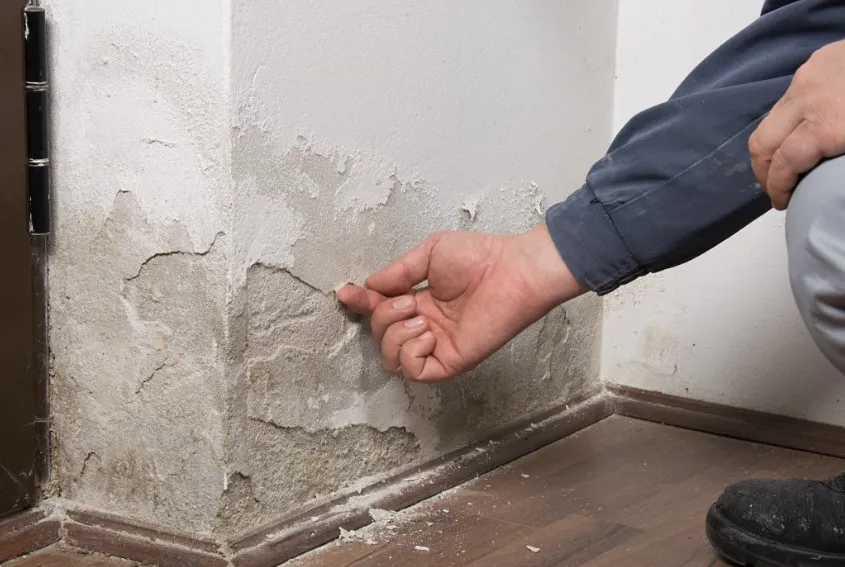Wet walls shouldn’t be present in your home. After a long, hot bath or shower, we’ve all seen condensation in the bathroom. However, by the time you’ve finished using the hair dryer, those droplets should have dried. There shouldn’t be any mold or stains remaining. And after significant rains, there shouldn’t be any moist spots on the walls.
Have you recently noticed any wet areas on the walls in your living room or bedroom?
Internal wall damp patches are typically caused by penetrating damp, in which outside water enters the masonry through gaps and fissures. If the patches are concentrated around windows and doors, rain is probably entering through cracks in the frames.
Damp may seriously harm your home’s beauty, as well as its structure, as well as your health. It may cause plaster to fall off walls, wooden beams and flooring to rot, chimney breasts to fracture, and wallpaper to bubble. It can also cause brickwork to deteriorate.
Poorly ventilated buildings are the cause of damp problems. You can typically tell if there is a damp problem by looking for chilly areas or feeling moist to the touch.
Why do walls become wet?
Your walls sweating is a straightforward scientific concept. Your home either has a moisture problem or moisture is entering the structure. The most frequent sources of moisture issues in houses are condensation, leaks, and poor drainage.
What brings about condensation?
When hot, wet air meets cold, dry air, condensation happens. In response to this interaction, water droplets develop on the cold surfaces (like your walls). After taking a really hot shower, you’ll notice this type of dampness on the bathroom walls.
Although it may be discovered in any area, including your bedroom or living room, condensation on interior walls is more frequent in bathrooms and kitchens since steam is created while bathing or cooking.
Penetrating damp is another type of moisture. It’s likely that water from the outside entered the brickwork of your internal walls through cracks or gaps in the exterior walls if the dampness appears to be limited to one region of the wall.
How is rising damp treated?
Enhance the site’s drainage where the property is located. Check to see if there is enough space under your floorboards for moisture to escape from the soil underneath after making sure the area around the structure slopes away from your property.
Painting walls and ceilings with a mold-resistant emulsion paint is another remedy for internal walls with dampness. The paint provides further damp-proofing for inside walls against condensation and aids in limiting the growth of unwelcome mold.
Look to your trusted builder for advice, support and a quote to professionally and responsibly solve your problem. If you’re in the market for new roofing in McMurray PA, turn to Pittsabana Contracting Services LLC. This local roofing company employs team members who are certified by CertainTeed and committed to delivering premium service on every job, from repairing storm-damaged commercial buildings to fully replacing residential roofs. Call (412) 580-6567 to speak with a friendly staff member to schedule service or visit the website to learn more about how they’ll help you.



